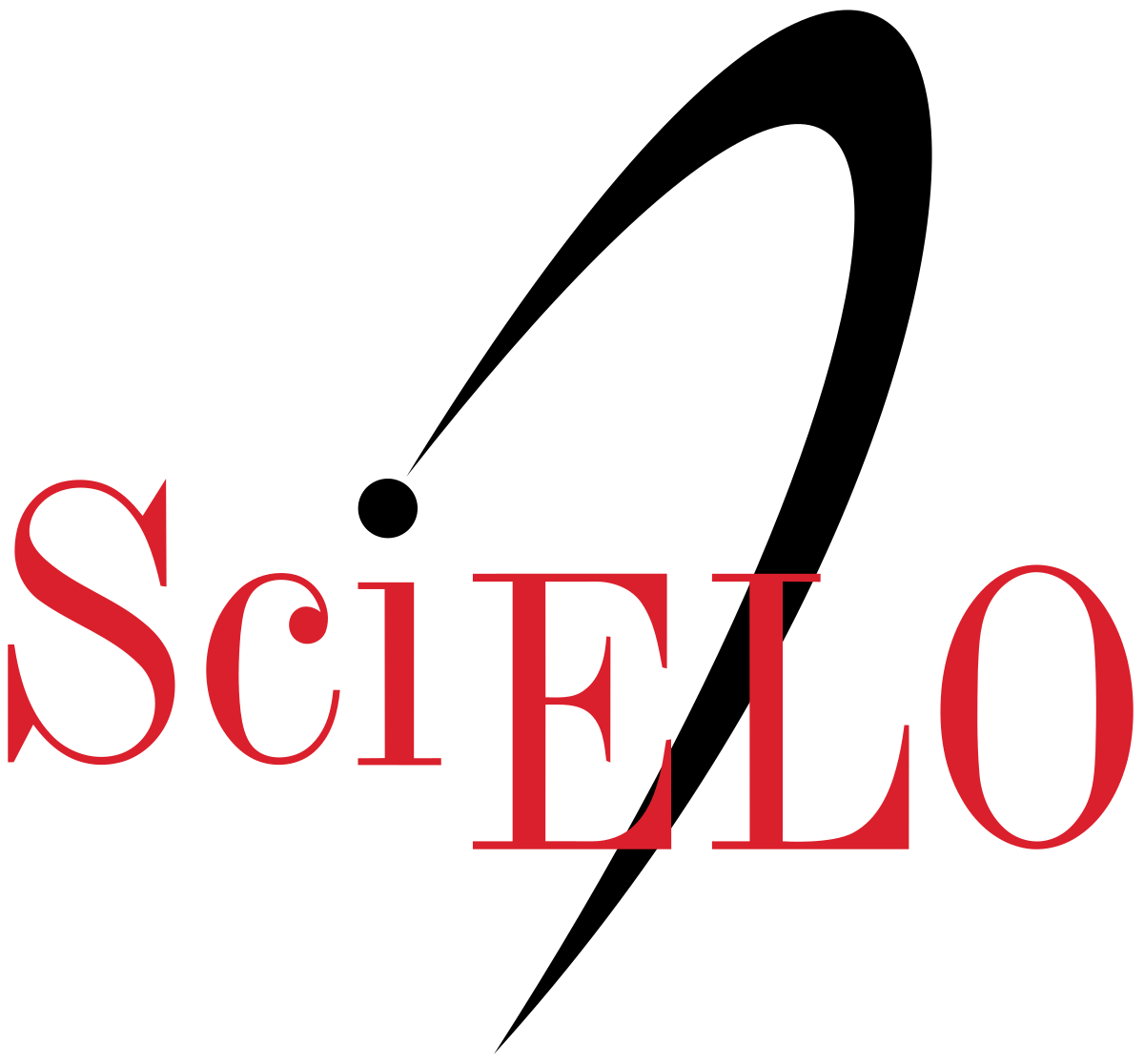Implicaciones bioéticas en el uso de la biotecnología para la conservación de agaves en el estado de Hidalgo
DOI:
https://doi.org/10.18633/biotecnia.v27.2432Palabras clave:
crioconservación, micropropagación, no maleficencia, conocimientos tradicionales, equidad socialResumen
La presente investigación analiza las implicaciones bioéticas del uso de la biotecnología para la conservación de agaves en el estado de Hidalgo. Técnicas como el cultivo in vitro, la crioconservación y la mejora genética preservan la diversidad genética de estas plantas, esenciales para la biodiversidad y prácticas culturales locales, especialmente frente a amenazas como la sobreexplotación y el cambio climático. Sin embargo, estas tecnologías presentan desafíos éticos y bioéticos que requieren atención. Se presenta una evaluación de los impactos biotecnológicos en la diversidad genética y la sostenibilidad de las prácticas tradicionales para la conservación de agaves del estado de Hidalgo, destacando principios éticos como la justicia, la no maleficencia y el respeto al conocimiento tradicional. Los resultados evidenciaron que estas tecnologías permiten la propagación y conservación de especies clave como Agave salmiana y Agave mapisaga, mientras que los desafíos bioéticos resaltan la necesidad de involucrar a las comunidades locales en los procesos de decisión. Se concluye que la biotecnología puede complementar la conservación in situ al tiempo que promueve la equidad social y la sostenibilidad cultural, posicionándose como una herramienta integral para proteger el patrimonio biológico y cultural de los agaves.
Descargas
Citas
Alducin, C., Ruiz, K. Y., Jiménez, O., Aguirre, E., Gasca, J., Eguiarte, L. E., & Medellin, R. A. (2023). Uses, knowledge and extinction risk faced by Agave species in Mexico. Plants, 12(1), 124. https://doi.org/10.3390/plants12010124
Altman, A., & Hasegawa, P. M. (Eds.). (2011). Plant Biotechnology and Agriculture: Prospects for the 21st Century. Academic Press. https://doi.org/10.1016/B978-0-12-381466-1.00001-5
Barrangou, R., & Doudna, J. A. (2016). Applications of CRISPR technologies in research and beyond. Nature Biotechnology, 34(9), 933-941. https://doi.org/10.1038/nbt.3659
Bautista, E., Hernández, L., & Simpson, J. (2022). Advances in the micropropagation and genetic transformation of Agave species. Plants, 11(13), 1757. https://doi.org/10.3390/plants11131757
Bellon, M. R., & Berthaud, J. (2006). Traditional Mexican agricultural systems and the potential impacts of transgenic maize. Agriculture and Human Values, 23(1), 3-14.
Benbrook, C. M. (2012). Impacts of genetically engineered crops on pesticide use in the US--the first sixteen years. Environmental Sciences Europe, 24, 1-13. https://doi.org/10.1186/2190-4715-24-24
Benelli, C. (2021). Plant Cryopreservation: A Look at the Present and the Future. Plants, 10(12), 2744. https://doi.org/10.3390/plants10122744
Bermúdez, M., Castillo, G. A., Urias, J. E., Escobedo, A., & Estarrón, M. (2021). Hunting bioactive molecules from the Agave genus: An update on extraction and biological potential. Molecules, 26(22), 6789. https://doi.org/10.3390/molecules26226789
Bevan, M. W., Flavell, R. B., & Chilton, M. D. (1983). A chimaeric antibiotic resistance gene as a selectable marker for plant cell transformation. Nature, 304(5922), 184-187. https://doi.org/10.1038/304184a0
Bhojwani, S. S., & Razdan, M. K. (1996). Plant Tissue Culture: Theory and Practice. Elsevier.
Chilton, M. D., Drummond, M. H., Merlo, D. J., Sciaky, D., Montoya, A. L., Gordon, M. P., & Nester, E. W. (1977). Stable incorporation of plasmid DNA into higher plant cells: The molecular basis of crown gall tumorigenesis. Cell, 11(2), 263-271. https://doi.org/10.1016/0092-8674(77)90043-5
Chugh, V., Kaur, D., Purwar, S., Kaushik, P., Sharma, V., Kumar, H., ... & Dubey, R. B. (2022). Applications of molecular markers for developing abiotic-stress-resilient oilseed crops. Life, 13(1), 88. https://doi.org/10.3390/life13010088
CONABIO - Comisión Nacional para el Conocimiento y Uso de la Biodiversidad. (2022). Equidad y distribución de beneficios en la conservación de la biodiversidad: El caso de los agaves en México. CONABIO. Recuperado de https://www.biodiversidad.gob.mx/publicaciones
Davis, S. C., & Ortiz-Cano, H. G. (2023). Lessons from the history of Agave: ecological and cultural context for valuation of CAM. Annals of Botany, 132(4), 819-833. https://doi.org/10.1093/aob/mcad072
Dawson, N. M., Coolsaet, B., Sterling, E. J., Loveridge, R., Gross-Camp, N. D., Wongbusarakum, S. & Rosado-May, F. J. (2021). The role of Indigenous peoples and local communities in effective and equitable conservation. Ecology and Society, 26(3), 19. https://doi.org/10.5751/ES-12625-260319
Delgado, A., Torres, I., Blancas, J., & Casas, A. (2014). Vulnerability and risk management of Agave species in the Tehuacán Valley, México. Journal of Ethnobiology and Ethnomedicine, 10, 1-15. https://doi.org/10.1186/1746-4269-10-53
Engelmann, F. (2004). Plant cryopreservation: Progress and prospects. In Vitro Cellular & Developmental Biology - Plant, 40(5), 427-433. https://doi.org/10.1079/IVP2004541
Engelmann, F. (2011). Use of biotechnologies for the conservation of plant biodiversity. In Vitro Cellular & Developmental Biology - Plant, 47(1), 5-16. https://doi.org/10.1007/s11627-010-9327-2
Escalante, A., López Soto, D. R., Velázquez Gutiérrez, J. E., Giles-Gómez, M., Bolívar, F., & López-Munguía, A. (2016). Pulque, a traditional Mexican alcoholic fermented beverage: historical, microbiological, and technical aspects. Frontiers in microbiology, 7, 1026. https://doi.org/10.3389/fmicb.2016.01026
Fay, M. F. (2018). Orchid conservation: How can we meet the challenges in the twenty-first century? Botanical Studies, 59(1), 16. https://doi.org/10.1186/s40529-018-0232-z
Figueredo, C. J., Álvarez, G. D., García, M. A., & Octavio, P. (2021). Morphological and genetic diversity of traditional varieties of agave in Hidalgo State, Mexico. PLoS One, 16(7), e0254376. https://doi.org/10.1371/journal.pone.0254376
Fraley, R. T., Rogers, S. G., Horsch, R. B., Sanders, P. R., Flick, J. S., Adams, S. P., ... & Bittner, M. L. (1983). Expression of bacterial genes in plant cells. Proceedings of the National Academy of Sciences, 80(15), 4803-4807. https://doi.org/10.1073/pnas.80.15.4803
Fuchs, M., & Gonsalves, D. (2007). Safety of virus-resistant transgenic plants two decades after their introduction: Lessons from realistic field risk assessment studies. Annual Review of Phytopathology, 45, 173-202. https://doi.org/10.1146/annurev.phyto.45.062806.094434
García, A. (1995). Riqueza y endemismos de la familia Agavaceae en México. Conservación de plantas en peligro de extinción: diferentes enfoques, 51-75.
García, M. A., Figueredo, C. J., & Octavio, P. (2024). Revisión sistemática para el conocimiento de la biodiversidad mexicana: Los agaves de Hidalgo. Revista Chapingo Serie Ciencias Forestales y del Ambiente, 30(1), 1-20. https://doi.org/10.5154/r.rchscfa.2023.06.030
George, E. F., & Sherrington, P. D. (1984). Plant Propagation by Tissue Culture. Exegetics Ltd. (pp. 709-pp).
Glover, D. (2010). Exploring the resilience of Bt cotton's 'pro-poor success': The case of smallholder farmers in Gujarat, India. Geoforum, 41(4), 623-633. https://doi.org/10.1016/j.geoforum.2010.03.007
Gonsalves, D. (2006). Transgenic papaya: development, release, impact and challenges. Advances in virus research, 67, 317-354.
Jinek, M., Chylinski, K., Fonfara, I., Hauer, M., Doudna, J. A., & Charpentier, E. (2012). A programmable dual-RNA–guided DNA endonuclease in adaptive bacterial immunity. Science, 337(6096), 816-821. https://doi.org/10.1126/science.1225829
König, A., Cockburn, A., Crevel, R. W. R., Debruyne, E., Grafstroem, R., Hammerling, U., ... & Wal, J. M. (2004). Assessment of the safety of foods derived from genetically modified (GM) crops. Food and Chemical Toxicology, 42(7), 1047-1088. https://doi.org/10.1016/j.fct.2004.02.019
Kuzma, J., & Grieger, K. (2020). Community-led governance for gene-edited crops. Science, 370(6519), 916-918. https://doi.org/10.1126/science.abd1512
Mali, P., Yang, L., Esvelt, K. M., Aach, J., Guell, M., DiCarlo, J. E., ... & Church, G. M. (2013). RNA-guided human genome engineering via Cas9. Science, 339(6121), 823-826.
Mandujano, A., Pons, J. L., Paredes, R., & García, P. (2018). Diversidad genética de maguey (Agave spp.) en las sierras y llanuras del norte de Guanajuato. Revista mexicana de ciencias agrícolas, 9(3), 511-523. https://doi.org/10.29312/remexca.v9i3.1212
Modrzejewski, D., Hartung, F., Sprink, T., Krause, D., Kohl, C., & Wilhelm, R. (2019). What is the available evidence for the range of applications of genome-editing as a new tool for plant trait modification and the potential implications for the environment?. Environmental Evidence, 8(1), 1-14. https://doi.org/10.1186/s13750-019-0171-5
Murashige, T., & Skoog, F. (1962). A revised medium for rapid growth and bioassays with tobacco tissue cultures. Physiologia Plantarum, 15(3), 473-497. https://doi.org/10.1111/j.1399-3054.1962.tb08052.x
Myhr, A. I. (2010). A precautionary approach to genetically modified organisms: Challenges and implications for policy and science. Journal of Agricultural and Environmental Ethics, 23(6), 501-525. https://doi.org/10.1007/s10806-010-9234-x
Narváez, A. U., Cruz, A., & Sangerman, D. M. (2020). Servicios ambientales: sistema agroforestal tradicional con plantas de maguey pulquero en la Altiplanicie, Hidalgo. Revista mexicana de ciencias agrícolas, 11(8), 1957-1969. https://doi.org/10.29312/remexca.v11i8.2750
Ortiz, H. G., Hadfield, R., Gomez, T., Hultine, K., Mata, R., Petersen, S. L., & Stewart, J. R. (2023). Ecological-niche modeling reveals current opportunities for Agave dryland farming in Sonora, Mexico and Arizona, USA. PLoS One, 18(1), e0279877. https://doi.org/10.1371/journal.pone.0279877
Ortiz, S., Ezcurra, E., Schoel, B., Acevedo, F., Soberón, J., & Snow, A. A. (2005). Absence of detectable transgenes in local landraces of maize in Oaxaca, Mexico (2003-2004). Proceedings of the National Academy of Sciences, 102(35), 12338-12343. https://doi.org/10.1073/pnas.0503356102
Paneque, T., Polanco, M., Jiménez, C., & Piquera, Y. (2019). Estudio etnofarmacológico de algunas especies endémicas de agave utilizados en la medicina tradicional. Revista Científica y Tecnológica UPSE (RCTU), 6(2), 57-66. https://doi.org/10.26423/rctu.v6i2.471
Parra, L. A.; del Villar, P.; Prieto, A. 2010. Extracción de fibras de agave para elaborar papel y artesanías. Acta Universitaria. Vol. 20, Número especial 3, p.77-83.
Piñeyro-Nelson, A., Van Heerwaarden, J., Perales, H. R., Serratos-Hernández, J. A., Rangel, A., Hufford, M. B., ... & Álvarez-Buylla, E. R. (2009). Transgenes in Mexican maize: Molecular evidence and methodological considerations for GMO detection in landrace populations. Molecular Ecology, 18(4), 750-761. https://doi.org/10.1111/j.1365-294X.2008.03993.x
Puente, C. A., Gutiérrez, A., & García, S. (2015). Micropropagation of Agave salmiana: Means to production of antioxidant and bioactive principles. Frontiers in plant science, 6, 1026. https://doi.org/10.3389/fpls.2015.01026
Qaim, M. (2009). The economics of genetically modified crops. Annual Review of Resource Economics, 1(1), 665-693. https://doi.org/10.1146/annurev.resource.050708.144203
Reed, B. M. (1992). Cold storage of strawberries in vitro: A comparison of three storage systems. Fruit Varieties Journal, 46(2), 98-102
Robert, M. L., Herrera, J. L., Chan, J. L., & Contreras, F. (1992). Micropropagation of Agave spp. In High-Tech and Micropropagation III (pp. 306-329). Berlin, Heidelberg: Springer Berlin Heidelberg.
Sakai, A. (1995). Cryopreservation of germplasm of woody plants. In Cryopreservation of plant germplasm I (pp. 53-69). Berlin, Heidelberg: Springer Berlin Heidelberg.
Sarukhán, J., Raven, P., Aragón, F., McHughen, A., Paczka, R. O., Smith, M., & Wilkes, G. (2004). Maize and Biodiversity: The Effects of Transgenic Maize in Mexico. Commission Environmental.
Scholz, A. H., Nunez-Vega, G., Weissgold, L., & Wussmann, K. (2023). The Future of Access and Benefit-Sharing: What Next after the Adoption of the Global Biodiversity Framework and Decision on Digital Sequence Information?. Diversity, 16(1), 27. https://doi.org/10.3390/d16010027
Schroeder, D. (2007). Benefit sharing: It's time for a definition. Journal of Medical Ethics, 33(4), 205-209. https://doi.org/10.1136/jme.2006.016790
Soldati, G. T., & Albuquerque, U. P. (2016). Ethnobiology, Ethics, and Traditional Knowledge Protection. En U. Albuquerque & R. Nóbrega Alves (Eds.), Introduction to Ethnobiology (pp. 225-241). Springer. https://doi.org/10.1007/978-3-319-28155-1_13
Tarraf, W., & De Carlo, A. (2024). In Vitro Biotechnology for Conservation and Sustainable Use of Plant Genetic Resources. Plants, 13(14), 1897. https://doi.org/10.3390/plants13141897
Thorpe, T. A. (2007). History of plant tissue culture. Journal of Molecular Microbiology and Biotechnology, 37(3), 169-180.
Towill, L. E., & Bajaj, Y. P. S. (2002). Cryopreservation of plant germplasm. In Y. P. S. Bajaj (Ed.), Biotechnology in Agriculture and Forestry (Vol. 50, pp. 3-18). Springer.
Tripathi, S., Suzuki, J. Y., Ferreira, S. A., & Gonsalves, D. (2008). Papaya ringspot virus‐P: characteristics, pathogenicity, sequence variability and control. Molecular plant pathology, 9(3), 269-280. https://doi.org/10.1111/j.1364-3703.2008.00467.
Vargas, O., Zizumbo, D., & Colunga, P. (2007). In Situ Diversity and Maintenance of Traditional Agave Landraces Used in Spirits Production in West-Central Mexico. Economic Botany, 61(4), 362-375. https://doi.org/10.1663/0013-0001(2007)61[362:ISDAMO]2.0.CO;2
Vásquez, S., Montes, J. A., Gutiérrez, F. A., Reyes, S. J., & Lecona, C. A. (2023). In vitro mutagenesis for the improvement of Agave genus. Phyton-International Journal of Experimental Botany, 92(7), 2065-2078. https://doi.org/10.32604/phyton.2023.028784
Vega, M. A., Álvarez, G. D., & Figueredo, C. J. (2023). Sistemas de manejo de agaves pulqueros en el estado de Hidalgo. Pädi Boletín Científico De Ciencias Básicas E Ingenierías Del ICBI, 10(20), 92-100. https://doi.org/10.29057/icbi.v10i20.9598
Voytas, D. F. (2013). Plant genome engineering with sequence-specific nucleases. Annual Review of Plant Biology, 64, 327-350. https://doi.org/10.1146/annurev-arplant-042811-105552
Xu, Z., & Peng, J. (2022). Ecosystem services-based decision-making: A bridge from science to practice. Environmental Science & Policy, 135, 6-15. https://doi.org/10.1016/j.envsci.2022.04.010
Zambryski, P., Joos, H., Genetello, C., Leemans, J., Montagu, M. V., & Schell, J. (1983). Ti plasmid vector for the introduction of DNA into plant cells without alteration of their normal regeneration capacity. EMBO Journal, 2(12), 2143-2150.
Publicado
Cómo citar
Número
Sección
Licencia
Derechos de autor 2025

Esta obra está bajo una licencia internacional Creative Commons Atribución-NoComercial-CompartirIgual 4.0.
La revista Biotecnia se encuentra bajo la licencia Atribución-NoComercial-CompartirIgual 4.0 Internacional (CC BY-NC-SA 4.0)

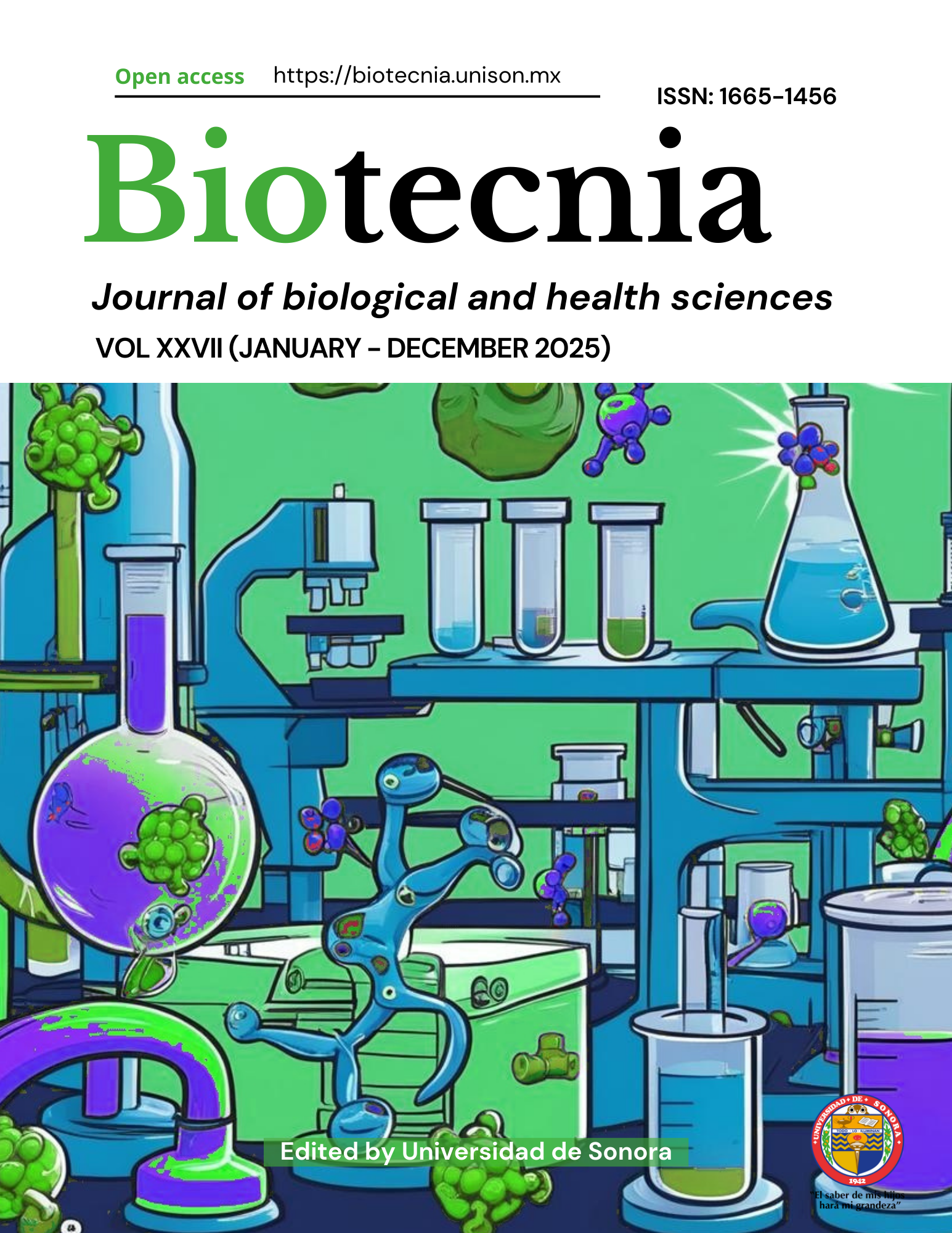


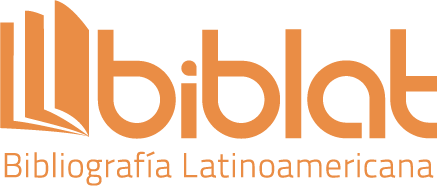








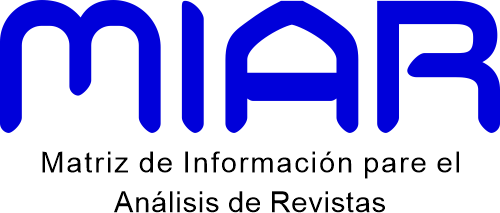
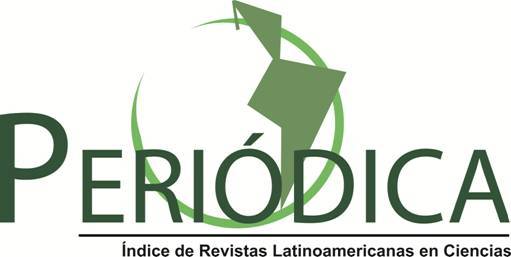

_(2).jpg)
